
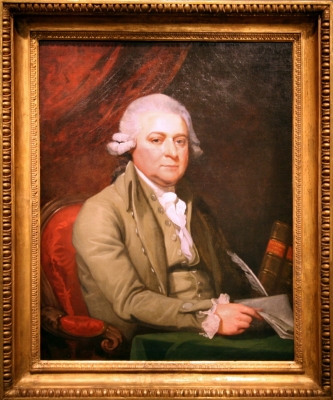
Let Fame to the world sound America's voice;
No intrigues can her sons from their government sever;
Her pride is her Adams; Her laws are his choice,
And shall flourish, till Liberty slumbers for ever.
- "Adams and Liberty", lyrics by Robert Treat Paine, Jr., 1798, to the tune of "To Anacreon in Heaven"
In an 1821 letter to John Adams, Richard Stockton, Jr. wrote of his late father and signer of the Declaration of Independence, Richard Stockton: "I well remember that on his first return from Congress in the Summer of 1776 after the 4th. of July he was immediately surrounded by his anxious political Friends—who were eager for minute information in respect of the great event which had just taken place—Being then a Boy of some observation and retentive memory I remember these words addressed to his Friends—'The man to whom the Country is most indebted for the great measure of Independence is Mr John Adams of Boston'—'I call him the Atlas of American Independence'—'He it was who sustained the Debate, and by the force of his reasoning demonstrated not only the justice but the expediency of the measure.' This I have often spoken of to others and distinctly remember the very language which he used."
Though Thomas Jefferson was undoubtedly the principal author of the Declaration of Independence, John Adams played a major role in the push toward independence and in the Committee of Five. Over time, Adams' name became almost completely disassociated with the Declaration, while Jefferson's name became nearly synonymous, as we explored in our May Highlight. This month, read about the defense and recognition of Adams' role in the creation and legacy of the Declaration of Independence in early 19th century newspapers.... Read more about June Highlight: Atlas of Independence


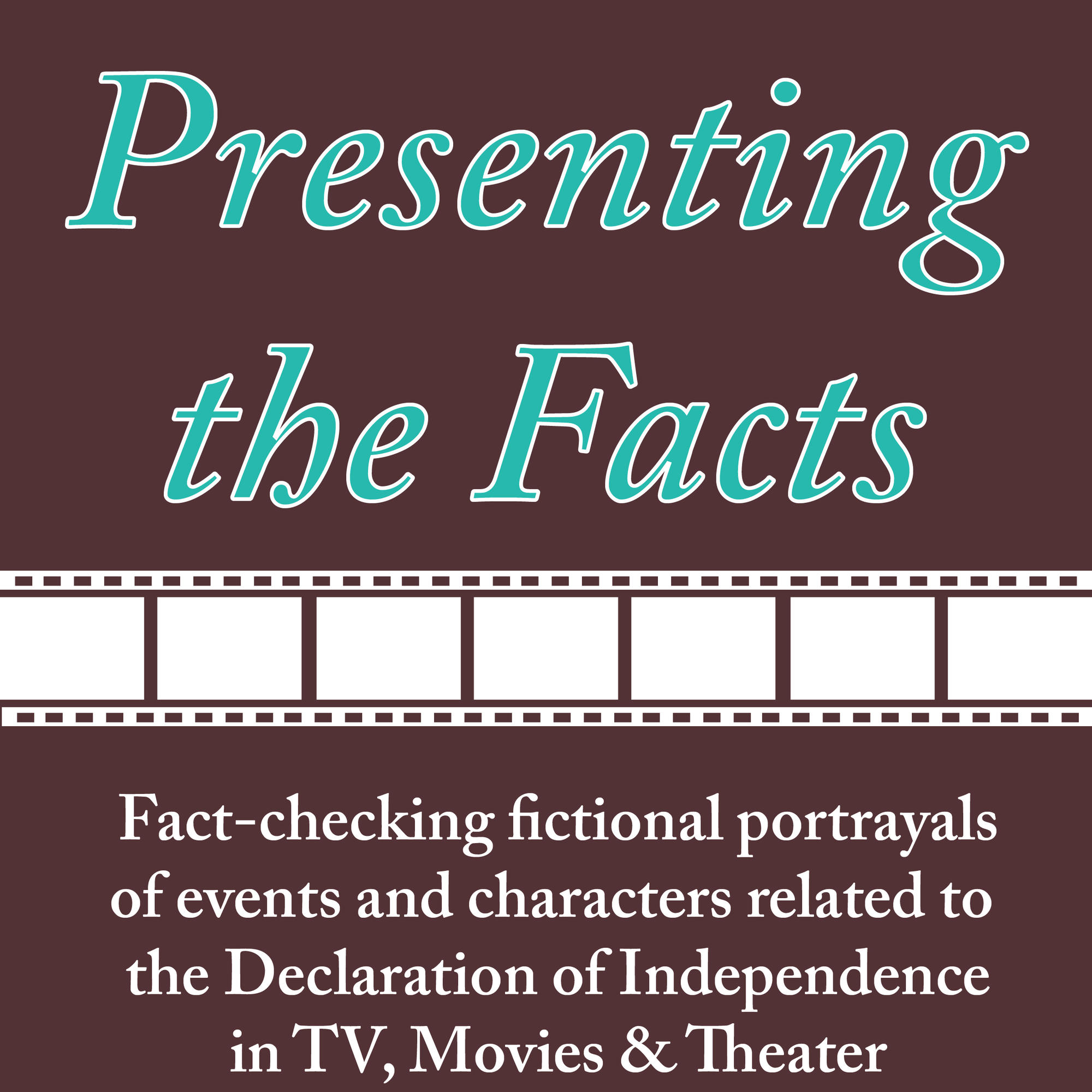 In this edition of "Presenting the Facts", we explore John Adams, the 2008 HBO miniseries. The miniseries was based on the book of the same name by David McCullough; the screenplay was by Kirk Ellis, and it was directed by Tom Hooper. With one exception, we focused on the second half of Part 2: Independence (starting at 45:13). This episode is so richly detailed, we had to limit our analysis to just the events related to the Lee Resolution and the Declaration of Independence (sorry, Abigail!).
In this edition of "Presenting the Facts", we explore John Adams, the 2008 HBO miniseries. The miniseries was based on the book of the same name by David McCullough; the screenplay was by Kirk Ellis, and it was directed by Tom Hooper. With one exception, we focused on the second half of Part 2: Independence (starting at 45:13). This episode is so richly detailed, we had to limit our analysis to just the events related to the Lee Resolution and the Declaration of Independence (sorry, Abigail!). 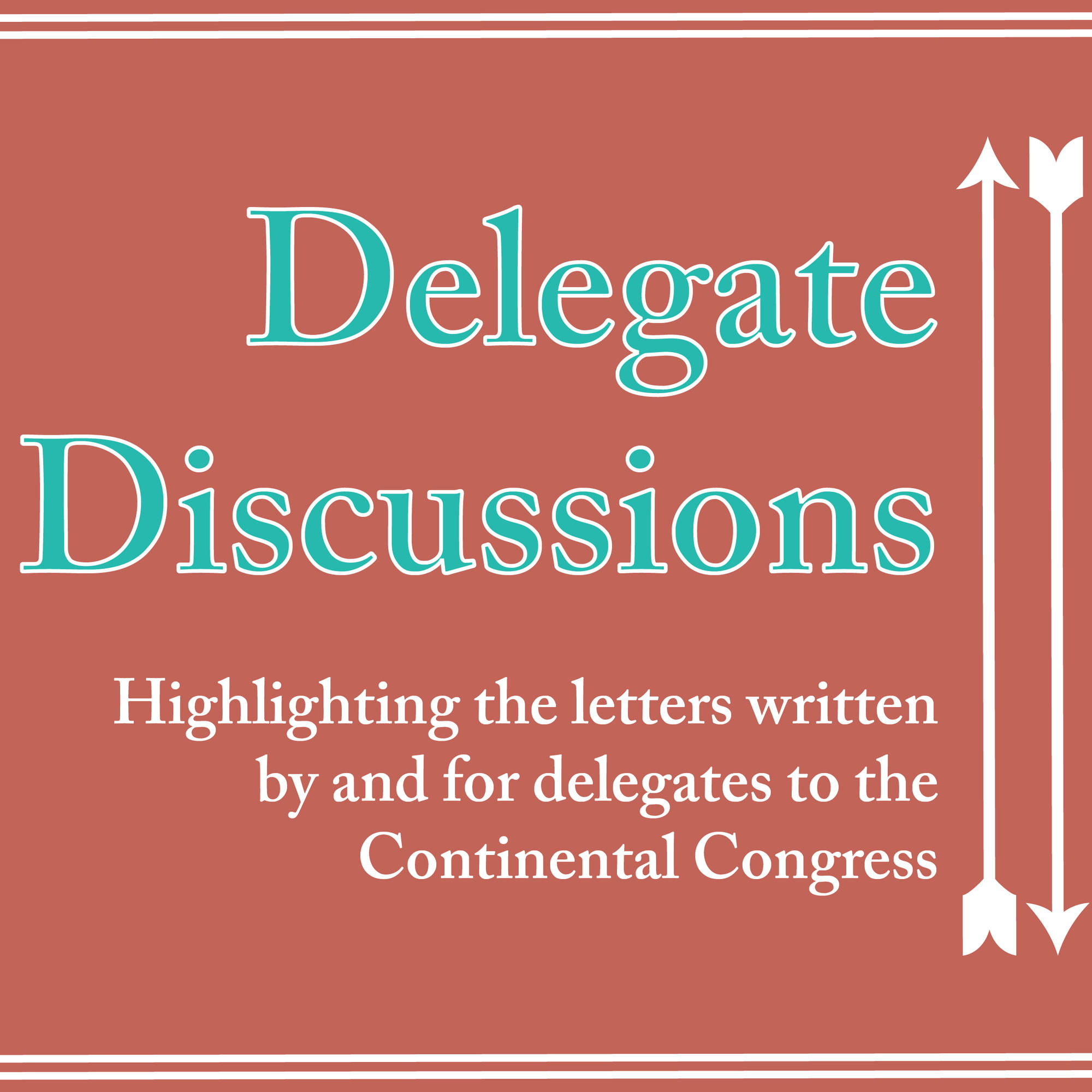 In February 1790, Dr. Benjamin Rush wrote a
In February 1790, Dr. Benjamin Rush wrote a 
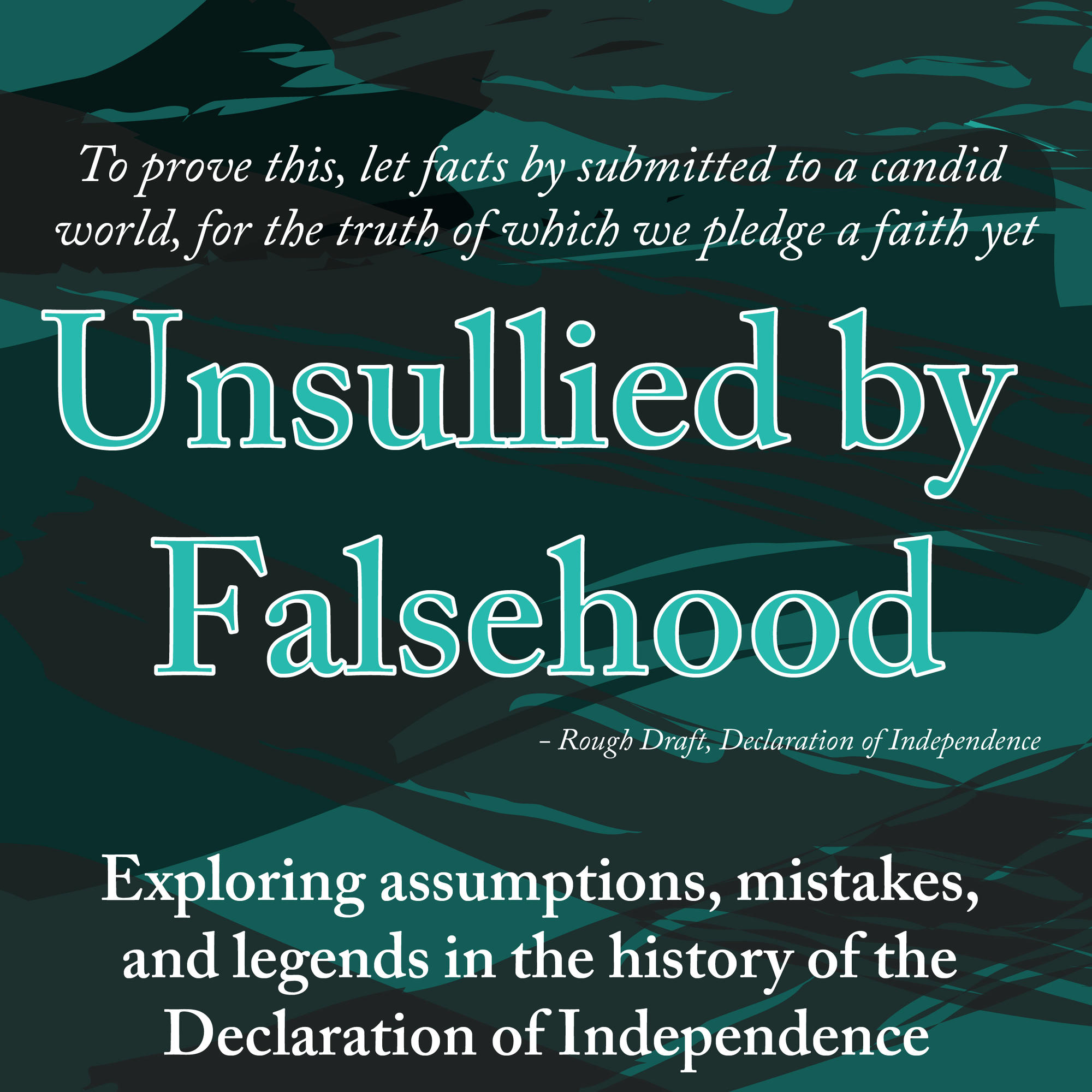 Last month, we debunked
Last month, we debunked 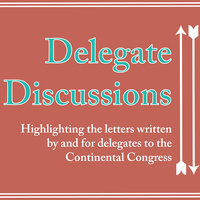 The Journals of the Continental Congress provide very few details about the events in late June and early July 1776. Thomas Jefferson kept notes on the proceedings, but for the rest of their lives he and other delegates tried (often in vain) to remember exactly what happened in those days. Our best glimpse into Independence Hall, and especially into the minds and emotions of the delegates to Continental Congress, is through the letters they sent to family, friends, and colleagues. Here is a glimpse, spanning from June 28th through July 9th, of what the delegates were writing while in Philadelphia, and what they were feeling as they answered the "Great Question" of American independence. For the full-length letters, see the Library of Congress' digital transcriptions of
The Journals of the Continental Congress provide very few details about the events in late June and early July 1776. Thomas Jefferson kept notes on the proceedings, but for the rest of their lives he and other delegates tried (often in vain) to remember exactly what happened in those days. Our best glimpse into Independence Hall, and especially into the minds and emotions of the delegates to Continental Congress, is through the letters they sent to family, friends, and colleagues. Here is a glimpse, spanning from June 28th through July 9th, of what the delegates were writing while in Philadelphia, and what they were feeling as they answered the "Great Question" of American independence. For the full-length letters, see the Library of Congress' digital transcriptions of 

